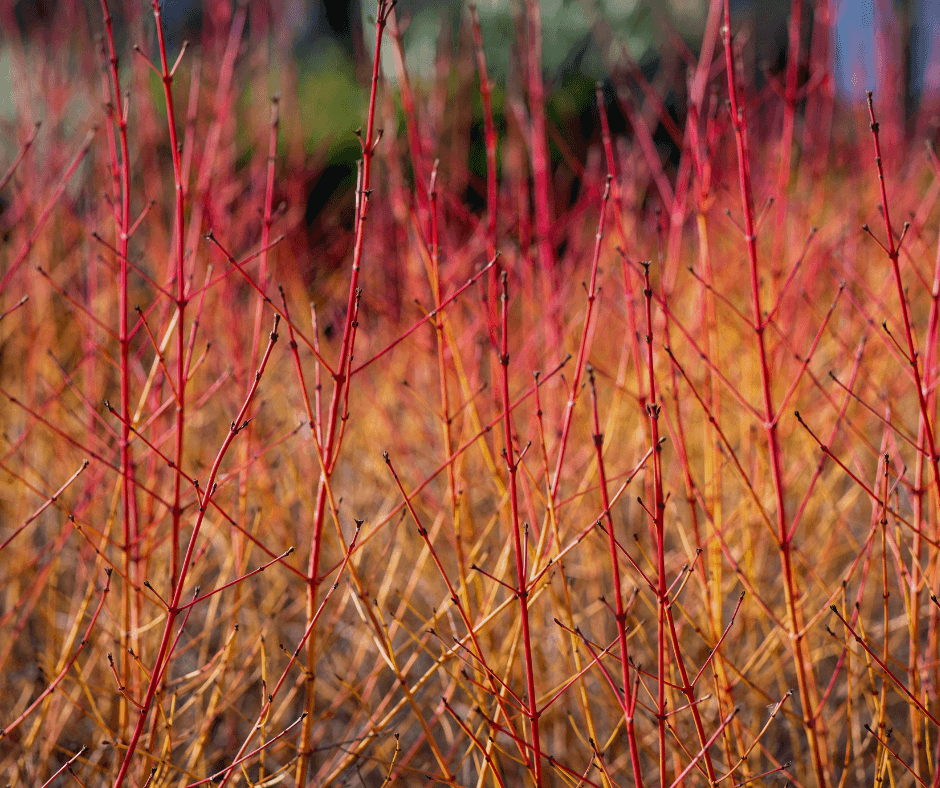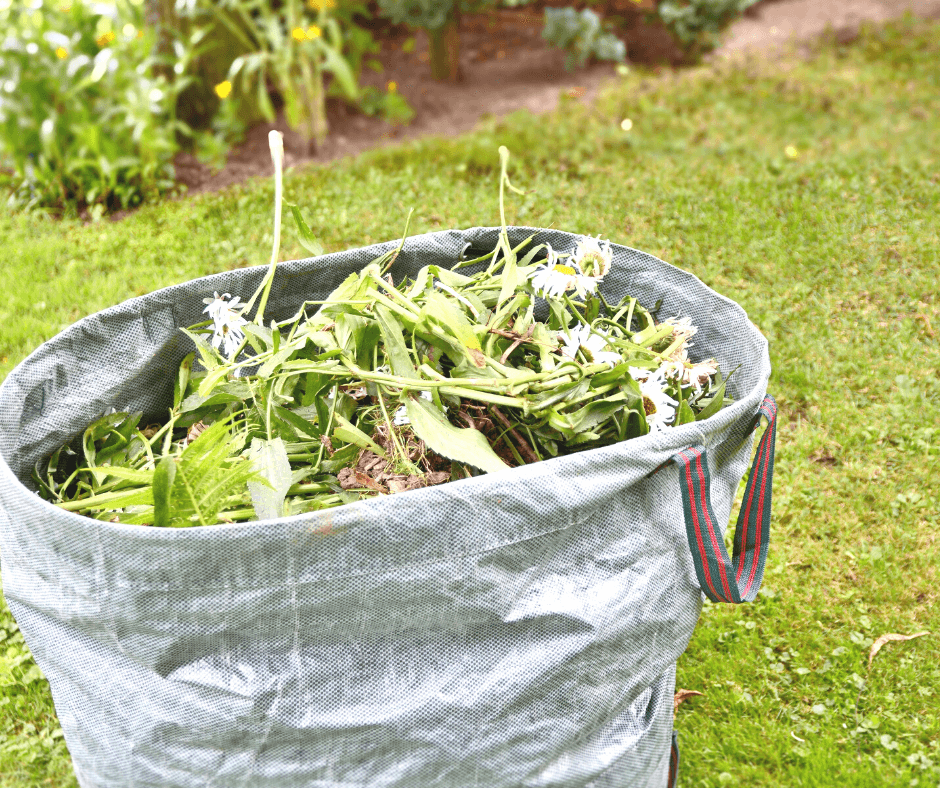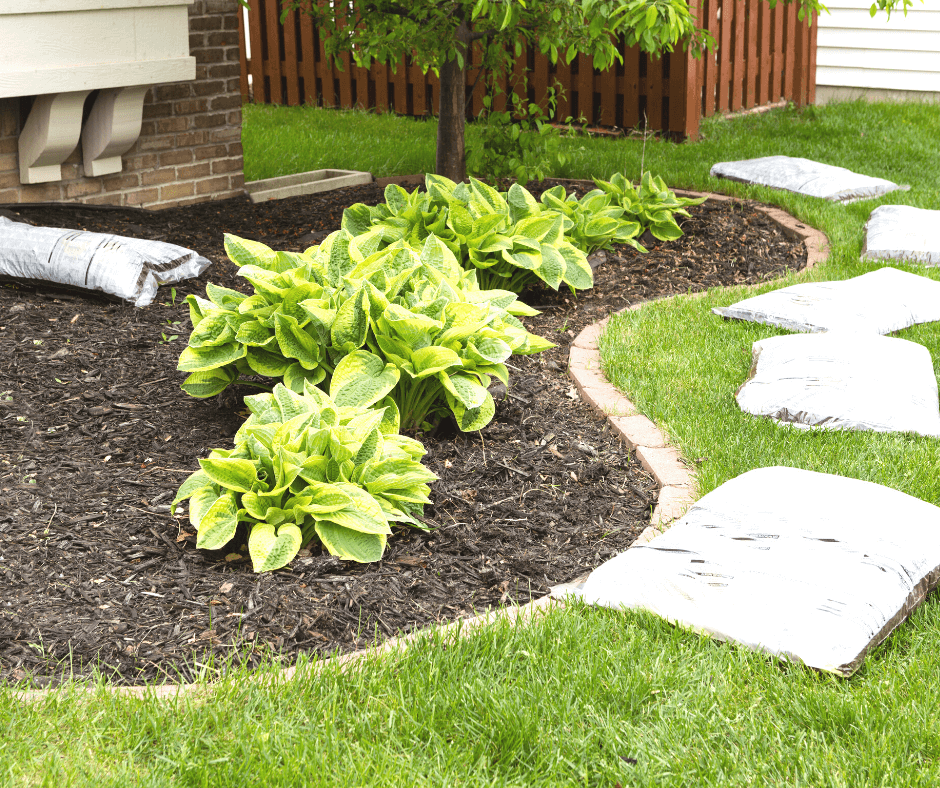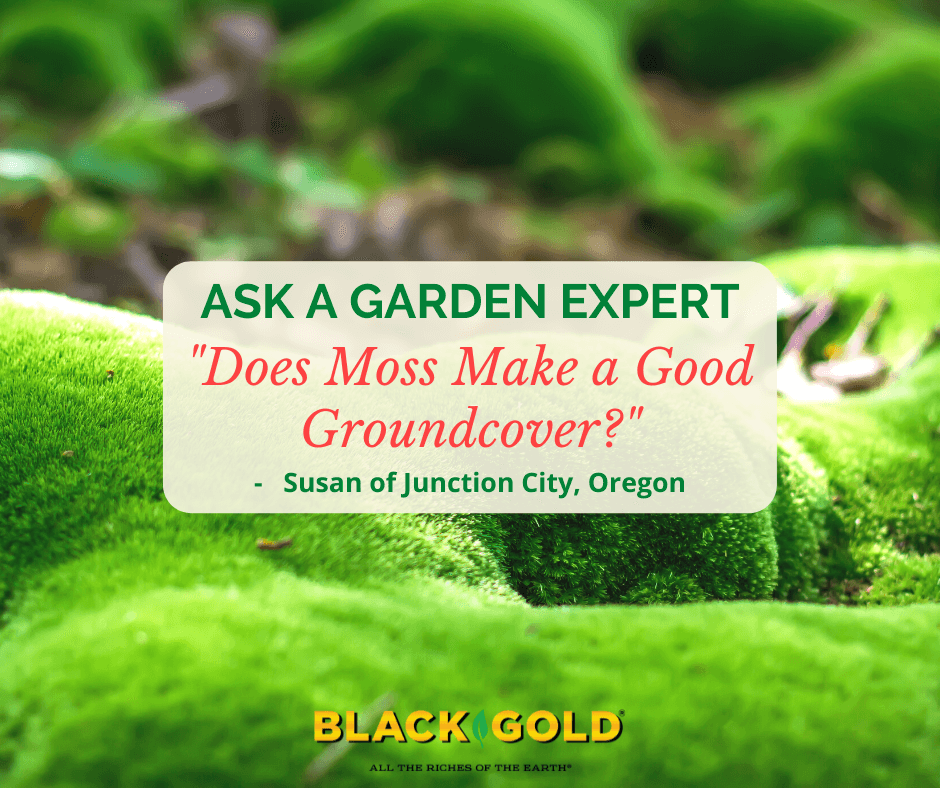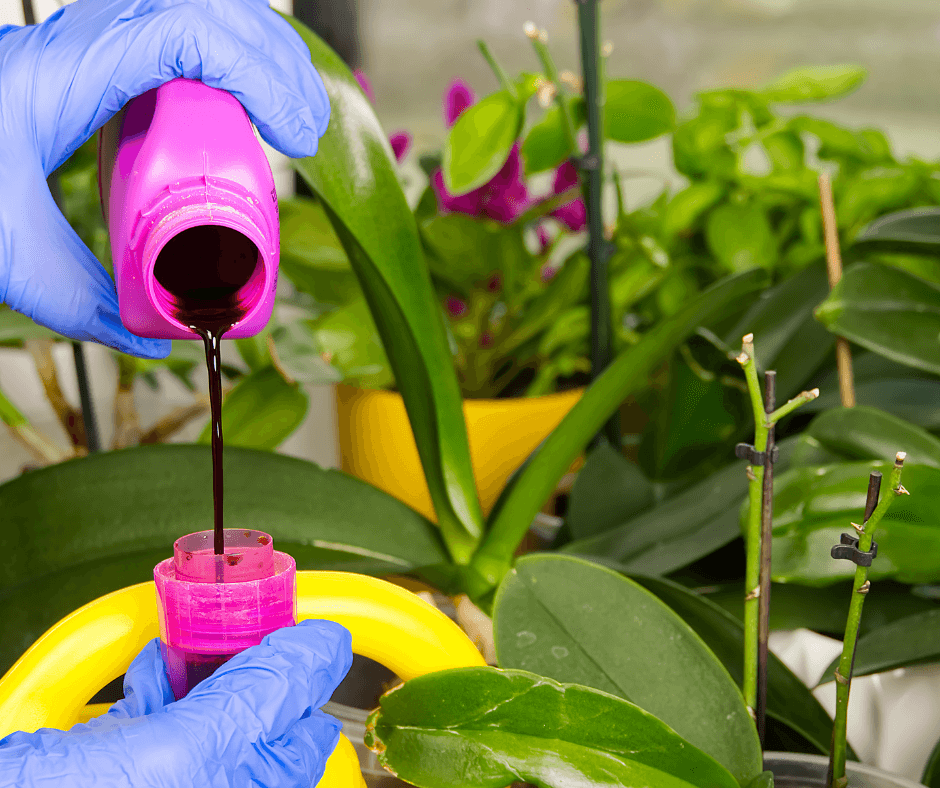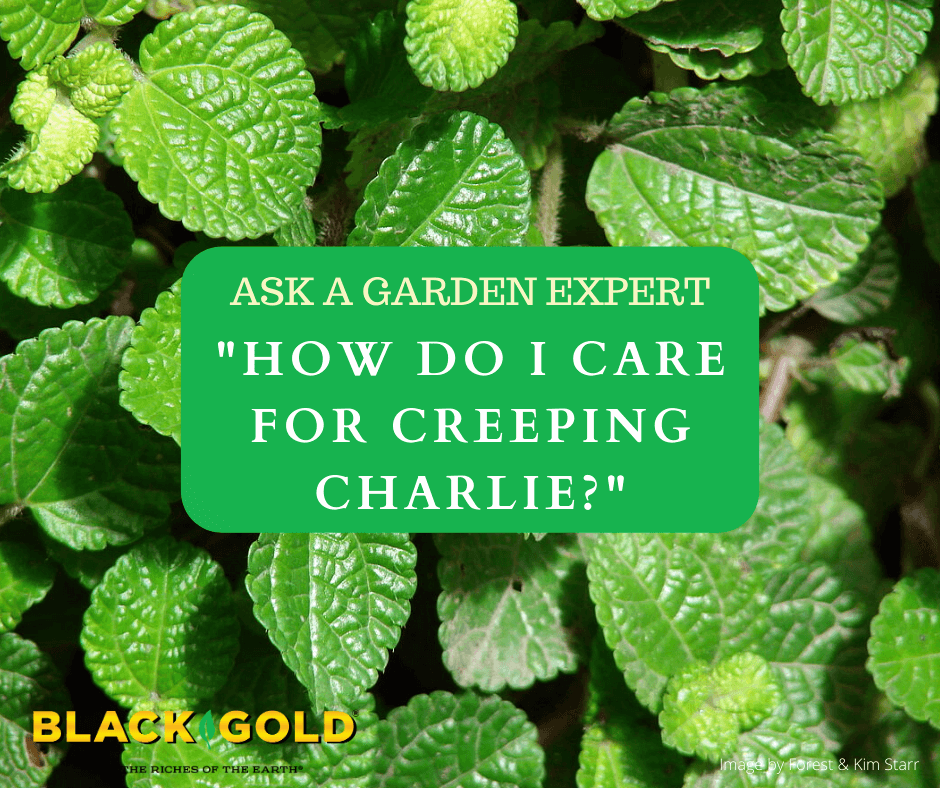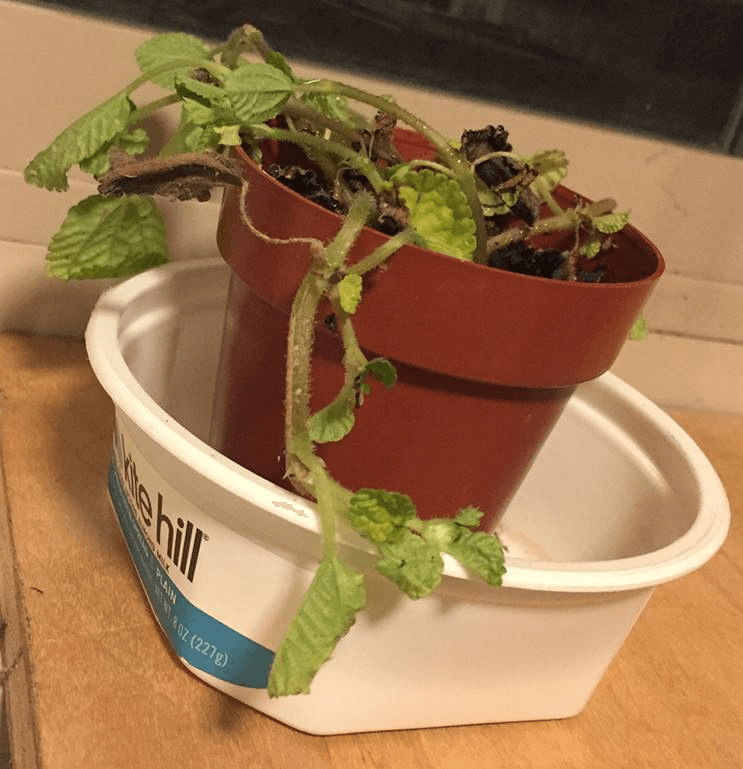
December was a month of trying to get my winter garden tasks all done before the end of the year. Here it is January, and I have not completed all my December tasks. Getting everything done is something that I have never been able to do because a garden is constantly changing and evolving. With the unpredictability of weather, it seems as though there is always a new task, and I often get distracted on starting on another before completing what I am working on. So, the tasks get moved deeper into winter.
Winter Garden Tasks
Move Hardy Perennials: I have heard some gardeners say that they can relax in January, but that is not the case with me. I consider January a good month to do some final ‘editing’ in the garden because there are always some very hardy plants that need to be moved or, in some cases, removed. This can be done in January as long as the soil can be worked and I only move very hardy perennials.
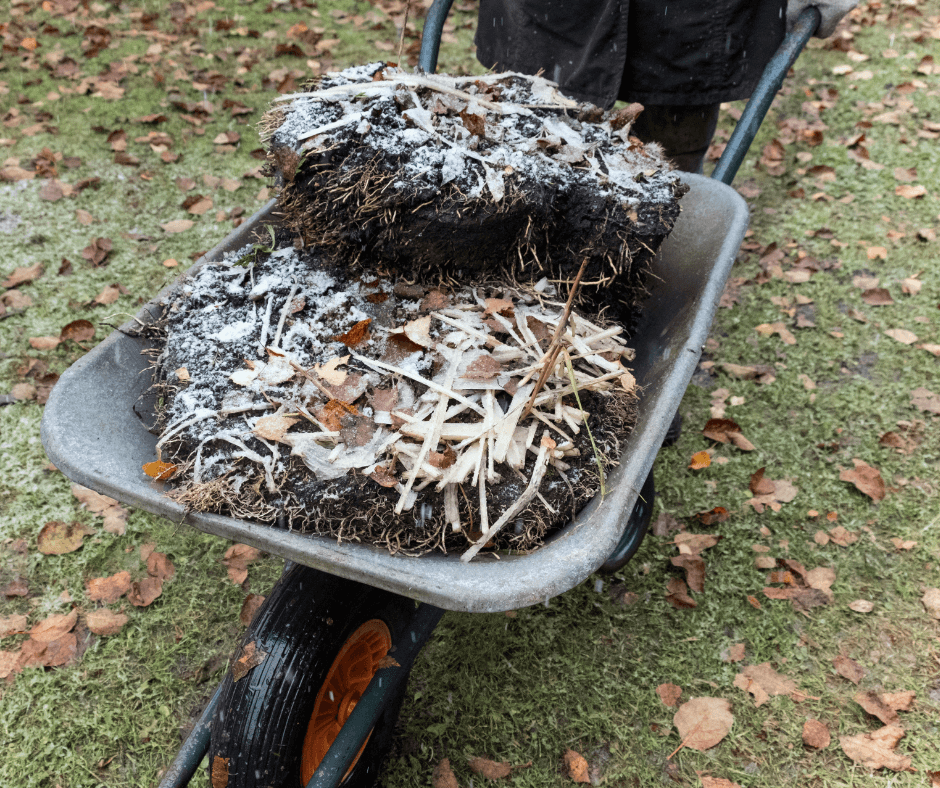
Divert Water: During this winter season, and this is just early January, we have had strong winds, some snow, freezing temperatures, and rain, lots and lots of rain. The rain was much needed, and so there are no complaints from me about it. Walking through the garden after a rain, there are some areas that have accumulated pools of water, and there are very few plants in my garden that have roots that will thrive in standing water. This is a perfect opportunity to create some diversion paths for the water and also an ideal time to add Black Gold Soil Conditioner (only available in the West) or Black Gold Natural & Organic Garden Compost Blend to help improve the drainage in low garden areas. By doing this now, I can observe what is working and what is not because we will soon have more rain, and I can see if there is still a collection of water.
Trim Back Helleborus Foliage: I spent several hours one morning cutting off the old leaves of the Hellebores. I was surprised to see new growth and flower stems beginning to break through the soil. A word of caution here, be very careful when cutting off the stems of the old leaves because it is very easy to snip off a new leaf or flower stem. Beware of early slug damage on newly emerging bulbs and on the new growth on Hellebores and treat accordingly.
Check Outdoor Garden Pots: My garden has many pots, and I have looked at every one to make sure that the water drains through and there is no standing water. Several of my pots did have standing water, and I was able to turn the pots on their sides and poke a metal rod into the drainage holes to un-plug them. This helps heavy, ceramic pots resist cracking in the winter.

Treat Moss: Moss in the lawn can be treated now, unless you love the look of natural moss. It is a good idea to check if it is a re-occurring issue. Usually, it can mean there is too much shade, poor drainage, or both. There are lawn moss control products available at garden centers, and this is a good time to apply them. Many of moss control products contain ferrous sulfate monohydrate, (iron), and iron will stain shoes, cement, decks, etc., so use it with caution and follow all of the manufacturer’s warnings. These products will turn the moss black in a couple of days, and then it can be raked out. If there are large areas that have dead moss, re-seeding might be necessary but wait until spring for that.
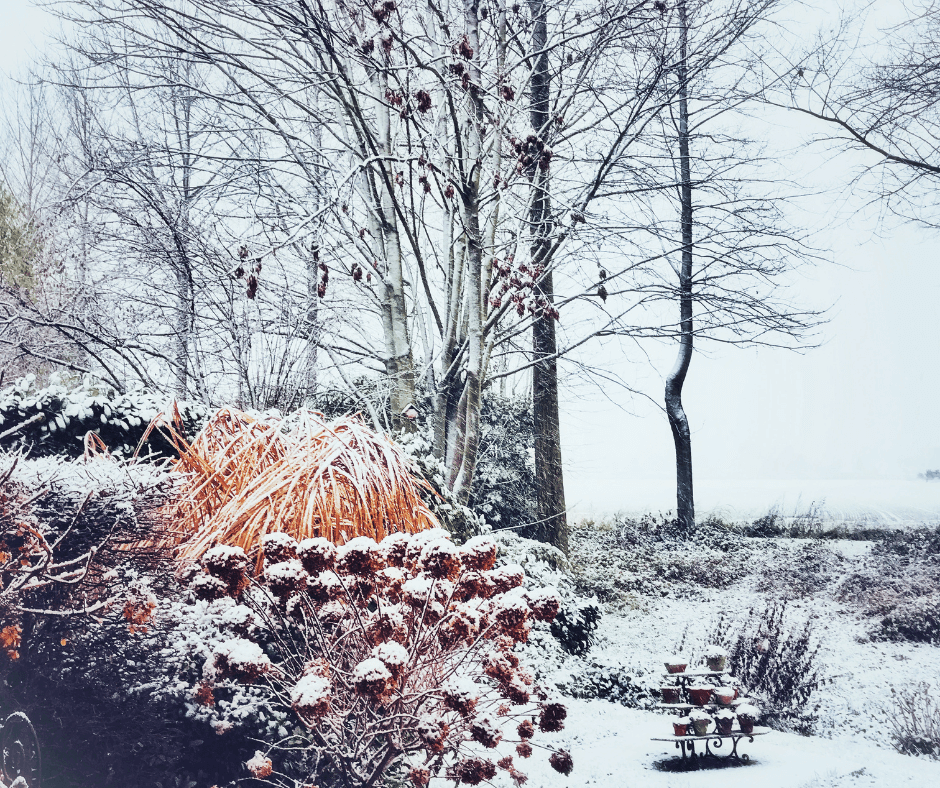
Do Early Pruning: Winter garden tasks always seem to involve some pruning and on deciduous shrubs, it is often easier to prune and shape the plant before new leaves appear. While the major pruning on roses is usually mid-February, I like to do some pruning now and cut the hybrid teas and grandifloras to 3-4 feet.
Enjoy What Looks Nice: I find that the garden is enjoyable in the winter, although the expectations are different than they are in the spring and summer. My dogwood Midwinter Fire is a bright spot with its stems of red, orange, and yellow. The twigs are also a nice addition to indoor winter arrangements. My variegated evergreen shrubs also provide winter color to dark areas in the garden and are a welcome addition to what otherwise are bare garden stems.
Even though I enjoy the winter garden, I am eagerly awaiting spring!
Winter Garden Tasks for a Happy Garden – 2021
Winter Garden Tasks for a Happy Garden – 2020
